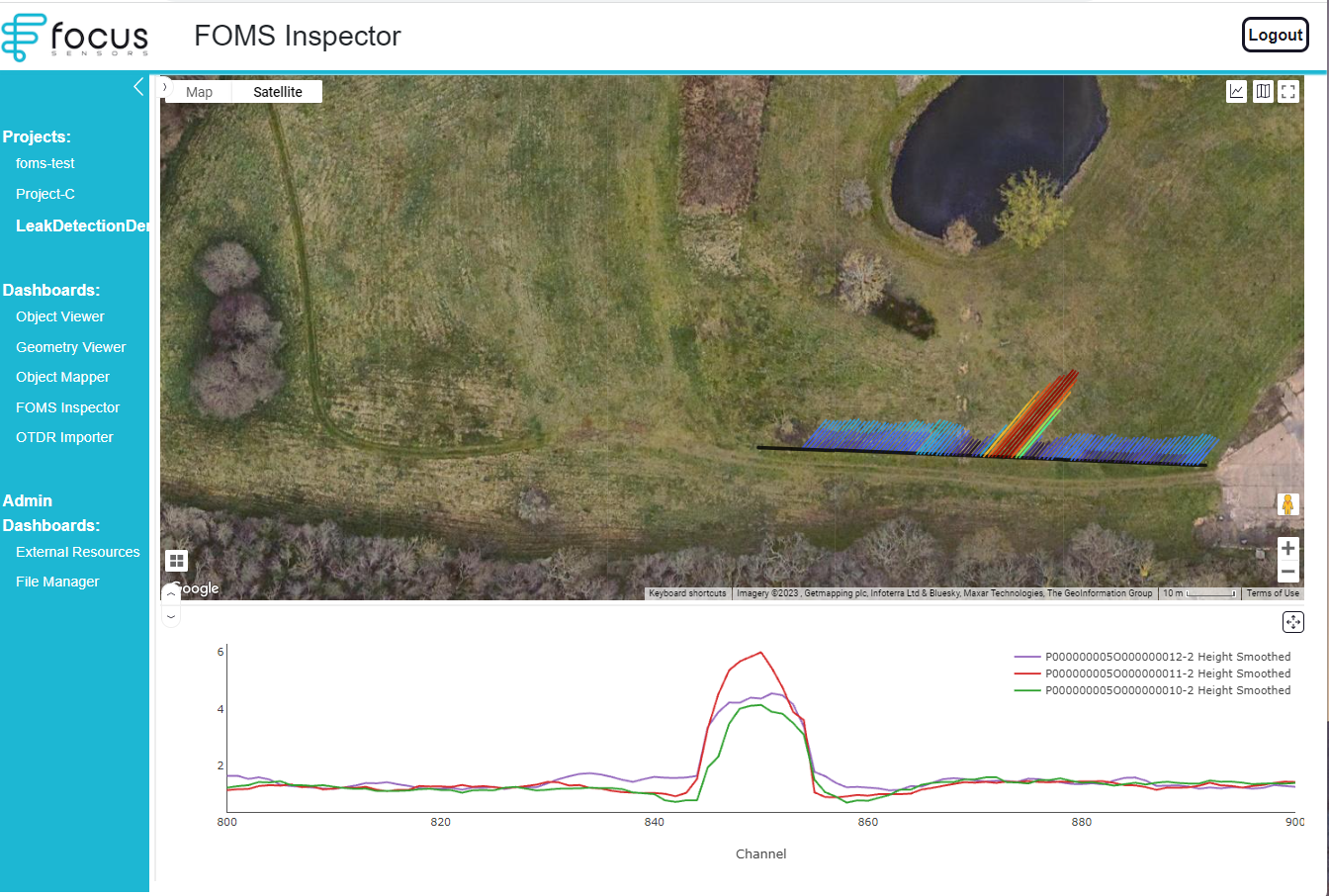Severn Trent could change how the water industry tackles leakages by making use of cutting-edge technology, currently lying inactive underground.
The water company is tapping into unused optical fibre strands (dark fibre) within existing telecommunication cable networks to identify burst pipes and leaks – providing almost instantaneous detection in a cost-effective way.
The use of fibre leak detection has been successfully demonstrated within the water industry, but uptake has been hampered by the high cost and disruption associated with laying new fibre either above or within water mains.
However, dark fibre is a ready-made solution, with capabilities similar to in-pipe fibre and battery powered acoustic loggers – but quicker and less expensive to deploy.
Through the use of a laser, the technology can detect noise at intervals along an optical fibre to pinpoint leaks or damage to sewers before they become a hazard. Detailed data is monitored over a larger area of the network, allowing Severn Trent engineers to see and hear any potential issues inside the pipes 24-hours a day.
Keiron Maher, Innovation Architect at Severn Trent, said:
“Dark Fibre sensing has the potential to change the industry, by utilising inactive cables already laid, making the whole process faster than ever before.
“Dark fibre leak detection is an emerging technique, proven to have great potential for the water industry. This project will test its capability in the field and develop tools to determine the likely coverage of the system.”

Currently, Severn Trent use a range of technologies to identify leaks. In additional to traditional flow and pressure monitoring, the company uses acoustic loggers to monitor the network for the sound of leaks. However, these devices have a limited sensing range, typically up to 200m, and battery life.
Fibre optic cables act as a long line of continuous microphones or sensors that can ‘hear’ multiple leaks simultaneously across a longer distance. One sensor can monitor up to 40km of the network and is powered from the existing fibre infrastructure. Once a leak is identified, the location can be pinpointed accurately to enable further investigation and repair.
The Dark Fibre 2 project will build on a previous proof of concept trial that proved existing fibre networks could be transferred to the water industry. This next phase will monitor 200km of fibre in a range of different networks – using five fibre sensors which can each monitor up to 40km of fibre.
The second phase of the trial was made possible after Severn Trent secured £1.49 million from Ofwat’s Water Breakthrough Challenge. The Midlands-based water company is working with partners to deliver the project, including technology supplier Focus Sensors, consultancy firm Costain, as well as Welsh Water and Northumbrian Water.
Severn Trent has made a commitment to halve the volume of water that is lost from the network by 2045. The company is helping to tackle leakage with a huge investment in reducing, finding leaks more quickly, renewing its network of pipes to make them more resilient, and investing in innovative technologies – including drones and artificial intelligence.
By 2025 Severn Trent will have invested more than £650 million into upgrading and improving its network to ensure it is in the best possible position to meet both current and future needs.
If successful, Severn Trent’s new project will create a blueprint for other water companies to quickly adopt as an alternative, or in addition to, traditional leak detection tools. It could also be adopted worldwide where fibre infrastructure is near water networks.
Keiron added: “We are delighted that the Ofwat Innovation Fund has given us this opportunity to bring this cutting-edge innovation to the water industry to trial this at the scale and pace needed to develop this solution.”



